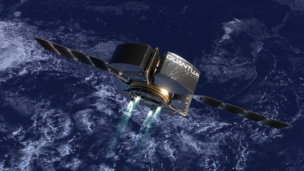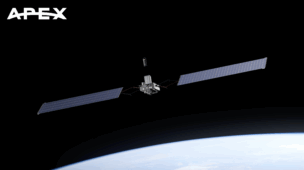The Pentagon opened up the spigot for satellite internet providers, increasing the spending ceiling on commercial satellite services over the next four years from $900M to $13B, a Space Systems Command official told Payload.
The Defense Information Systems Agency and SSC first awarded participation opportunities in the Proliferated LEO Satellite-Based services contract to sixteen companies in July 2023. Requirements for participation include low latencies that can’t be obtained from higher orbits.
Now, twenty companies are in on the indefinite delivery, indefinite quantity contract, ranging from remote sensing businesses like Capella and BlackSky to satcom providers like OneWeb and ViaSat.
The increase, first reported by Space News yesterday, came in September, after military services spent $660M through the contract since its inception, mainly due to demand for Starshield, the military-specific offering from SpaceX’s Starlink network.
Big numbers: The $13B ceiling demonstrates how important satellite connectivity and data has become to modern conflicts. It’s also a sign of the growing interest in resilient constellations closer to Earth.
These aren’t quite apples-to-apples comparisons, but $10B is the ballpark cost for NGSO satellite constellations like Starlink and Kuiper (which, by the way, will be a candidate for the program whenever it gets to orbit.)
Musk in the air: More military spending on Starlink is sure to attract attention as the SpaceX founder takes to the campaign trail and NASA Administrator Bill Nelson questions his conversations with Russian president Vladiimir Putin, but it also complicates the billionaire’s lawfare narrative.




